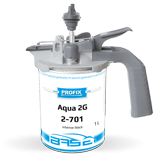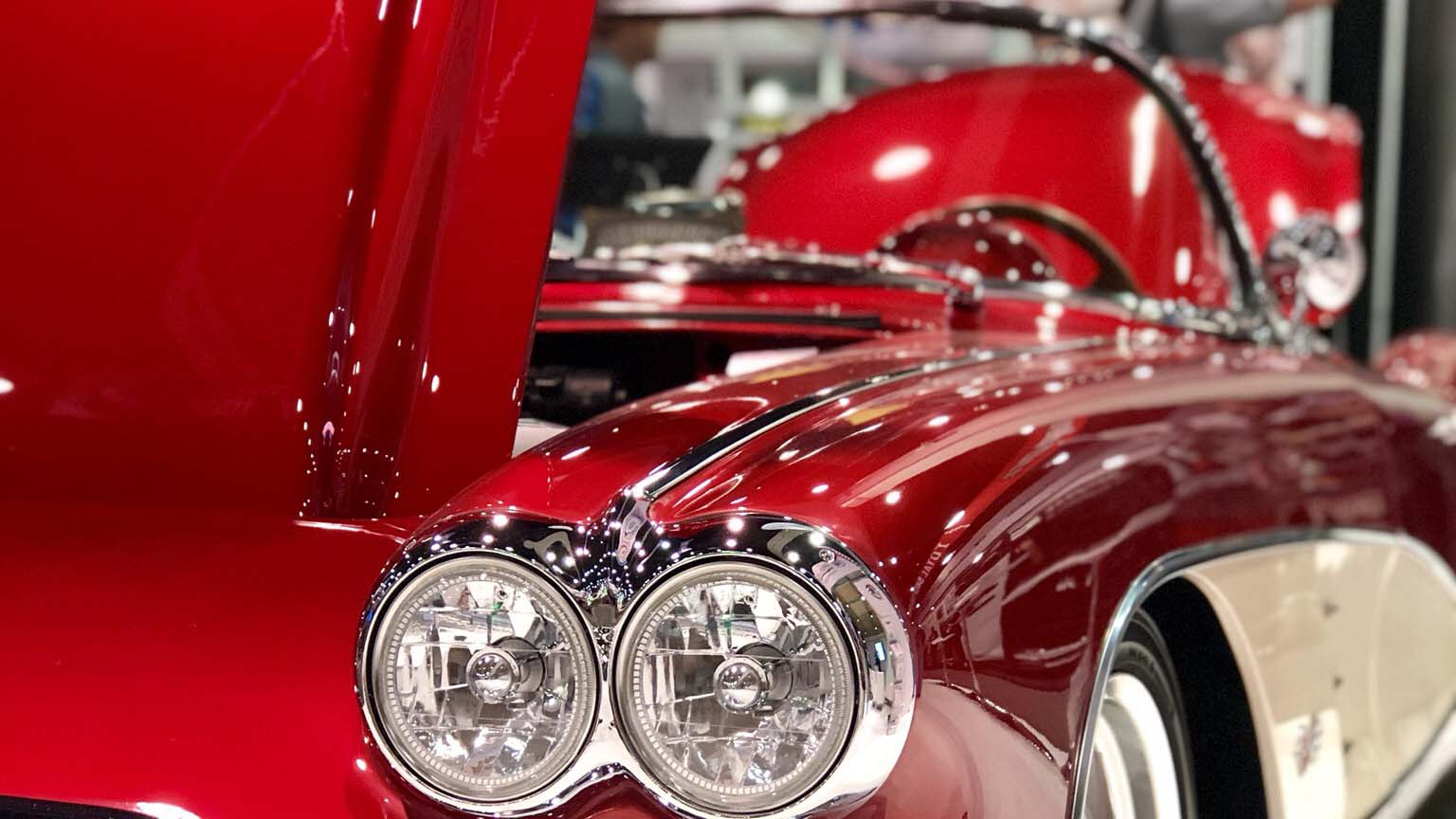Recently added
Most read
Why use the water-soluble lacquers, when the conventional ones are available?
How to recognize acrylic coating?
How to recognize acrylic coating?
Acrylic coating that can be found on many cars, especially trucks, is a single-layer surface, which consists of acrylic paint in combination with a hardener. After mixing these two products, we get a blend that is applied to previously prepared surfaces. It is the properties, such as flexibility and hardness, and above all the fast application time that affect its popularity.
Thanks to the time saving and considerable resistance to weather and chemical agents, this technology is still used in painting large surfaces, where time is important and the basic palette is not an obstacle.
When we can characterize paint as an acrylic paint? The easiest way to describe this product is as lacquer, which is bonded with polyacrylic resins. This paint material is used to obtain a smooth surface usually in a certain color and to protect it from external factors. It was the acrylics that were part of the evolution of paint systems. Different pigments and resins affect the continuous development of these products.
Is this the end of acrylic paints?
Many people have announced that acrylic lacquer is not on time anymore, because it has been replaced by waterborne basecoats in factories and services. This information is misleading because, when you look at the shelves of bodyshops, acrylic lacquers have been there for many years and there is no indication that this will change over the next years. This is confirmed by statistics that prove that the sale of acrylic paints increases globally by 2% year-on-year.
It is estimated that 25% of car painting services are carried out using this technology. It is likely that statistics for acrylic products would be better if there were no restrictive VOC laws that effectively "compelled" refinishers to use waterborne lacquers while brushing acrylics aside. Acrylic lacquer seems underappreciated. The versatility of usage, the number of elements on which it can be used makes it great addition to the every color mixing system.
First of all, acrylic lacquers are used in the automotive industry when painting industrial machines, but few people know that it is acrylic that we paint trams or buses. The repair of the bus is fast, and the final effect, even to a skilful eye, does not reveal the place of repair, thanks to a suitably matched paint system. Very often we receive inquiries from people who produce furniture and want to use lacquering materials designed for the automotive industry, because they are characterized by a better color scheme and gloss. It is in this field that acrylic leads not only in Poland, but also in the world.
Acrylic varnishes in the funeral industry
A very wide range of colors of acrylic systems can be used much wider than car varnishing and light industry. Acrylics are used in many unusual places such as mannequins used in exhibitions or in the funeral industry. Urns and designer coffins have even awaited their own fair. The interest in the latest aesthetic and technological trends in this niche industry is enormous. This type of fair is dominated by splendour, wealth and extravagance. For some coffins you have to pay the equivalent of even a hundred thousand zlotys.
High resistance of acrylic lacquers to chemical or mechanical factors has already been appreciated even by surfers. There is no point to mention the renovation of old vehicles, where acrylic-solid paints are the dominant trend, in old cars no other colors were used.
With the increase in sales of acrylic paints, the Profix brand recognized the need to create a new LV CRYL line. The new acrylic owes its name to the reduced content of volatile organic compounds (<420 g/l VOC) and it is not just "writing". The latest acrylic LV CRYL line, which, compared to other acrylic paints, is more resistant to cleaning agents and weather conditions, is characterized by greater depth of color and greater saturation.
Here you should remember how to apply acrylic correctly. Use a single-company paint and hardener to avoid possible paint flaws. Often when painting large surfaces such as buses, use the appropriate diluent to extend the time to wear and tear of the mixture. Apply the first coat, which may not be too thick, on the properly prepared surface, then apply another coat depending on the covering power.
Remember to let the paint evaporate between the layers, thanks to which we will obtain proper adhesion of our acrylic paint. Here too, remember about the appropriate spray gun nozzle, which must be larger than to a regular base, because the spray mixture is denser. And since we are talking about spraying, let's say a few words about possible drawbacks that may arise.
The first problem may be the use of a solvent that is not dedicated to the paint. For another time of evaporation, the coating can be damaged by gassing. Remember that applying too dense mixture without thinner will cause us problems during spraying and will create an undesirable structure.









